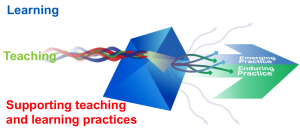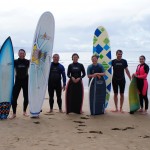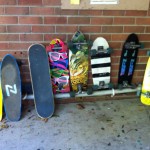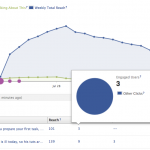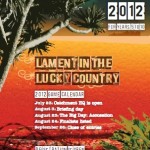On Friday, November 13th, I had the pleasure of attending the 2nd annual (I think) Symposium of Scholarly Teaching & Learning in Post-Secondary Education, hosted by BCCampus. For an overview of participants’ experiences see the twitter hashtag #Symposium15TL. I attended and presented last year, and really enjoyed the quality of the presentations and the networking experiences that the event offered. This year the size of the event was doubled and there were lots of excellent sessions to choose from. I learned a lot about scholarly teaching and learning, and am going to encourage my graduate students who are working in post-secondary contexts to present next year. However, in this blog posting I want to focus on the examples of teaching with social media (and associated research that is being undertaken) that I saw at the conference.
I learned about some really great examples of social media use in post-secondary learning contexts during the Research Bites session. In this session 12 presenters each had 3 mins to introduce and give a brief overview of their work/topic/idea. Then we had 45 minutes or so to attend a networking session where each speaker was located at a table and
we could learn more and ask questions. It was a great conference format. Several of the presenters were using social media in interesting ways:
A group from Simon Fraser University (Campi, Ravi, Liu and Hajshimohammadi) reported that when using video tutorials to prepare students for engineering labs, students completed their labs more quickly. They learned that the videos needed to be short and use simplified language, but were more effective than pre-lab readings.
A series of research bites from a group in Geography at UBC including Loch Brown, Derek Turner and Arthur Green were doing some really interesting work as part of UBC’s flexible learning initiative. They described how they were exploring flexible field trips and emerging student-led technology, and examining the spaces and places of learning using data such as ip addresses. I spent my networking time talking to Derek Turner about using backchannel technology to enhance large lectures. I was most interested in the data analysis techniques that he was using to examine the impact of having a backchannel for students to engage with each other and the instructor.
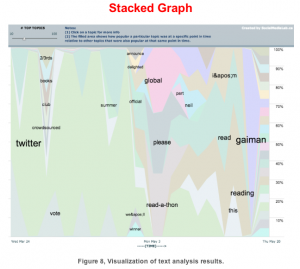
They used a WordPress plugin called pulsepress (developed at UBC to be used behind UBC logins) to have students connect by posting questions or comments in a Twitter- like environment. Students had incentives to use the tool for the first couple of weeks of the class, and could also ‘up vote’ comments. The researchers used social network analysis techniques (using netlytic) to visualize the links between students and instructors – which were surprisingly only very loosely connected. Using netlytic they were also able to visualize commonly used words over time (called a stacked graph). Interestingly, students used the tool to arrange meetings and for more logistical purposes for the first few weeks of class (during which time Facebook was mentioned often). After a certain point students seemed to turn to Facebook for that kind of discussion (as the frequency of logistical terms and of the word Facebook dropped off) and then used the tool to discuss more course content specific topics.
Post-conference action item: I am definitely going to look more closely at netlytic and other social network analysis tools (such as NodeXL and Gephi) when I am looking for ways to examine the complex nature of learning with social media.



